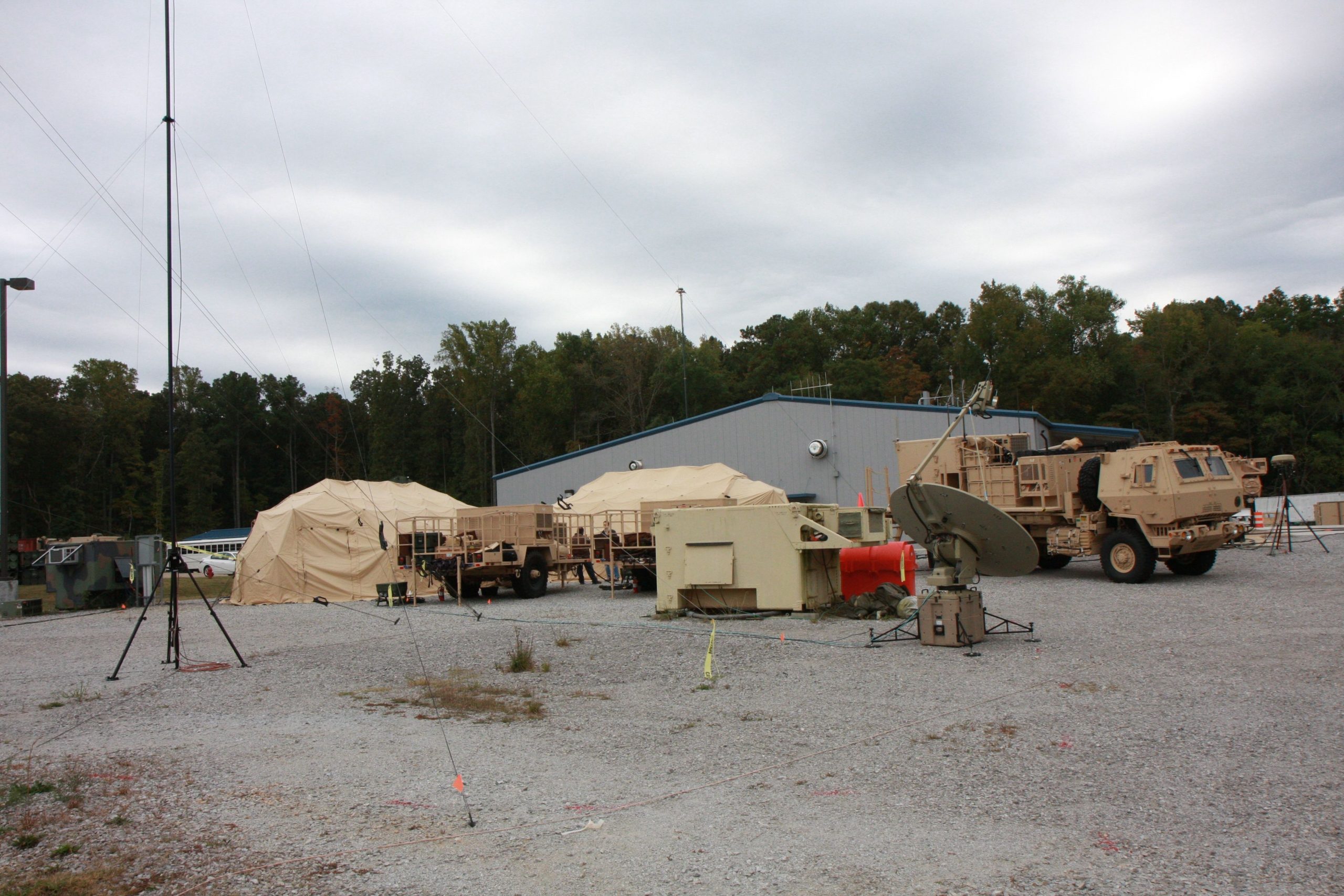
AAV7 amphibious armored personnel carrier
AAV7A1 RAM/RS transporter with EAK armor on the beach in Vico Morski.
The construction of a floating armored personnel carrier was the need of the moment for the United States. This happened during World War II, which for the Americans was fought primarily in the Pacific. The activities included numerous amphibious assaults, and the specificity of the local islands, often surrounded by rings of coral reefs, led to the fact that classic landing craft often got stuck on them and fell victim to the fire of the defenders. The solution to the problem was a new vehicle that combines the features of a landing barge and an all-terrain vehicle or even a combat vehicle.
The use of a wheeled undercarriage was out of the question, since sharp corals would cut the tires, only the caterpillar undercarriage remained. To speed up the work, the "Crocodile" car, built in 1940 as a coastal rescue vehicle, was used. Production of its military version, called LVT-1 (landing vehicle, tracked), was taken over by FMC and the first of 1225 vehicles was delivered in July 1941. about 2 16 pieces! Another one, LVT-000 "Bush-master", was made in the amount of 3. Part of the produced LVT machines was delivered under Lend-Lease to the British.
After the end of the war, floating armored personnel carriers began to appear in other countries, but the requirements for them were, in principle, different than in the case of the American ones. They had to effectively force internal water barriers, so stay on the water for a dozen or two tens of minutes. The tightness of the hull did not have to be perfect, and a small bilge pump was usually sufficient to remove leaking water. In addition, such a vehicle did not have to deal with high waves, and even its anti-corrosion protection did not require special care, because it swam sporadically, and even in fresh water.
The US Marine Corps, however, needed a vehicle with considerable seaworthiness, capable of sailing in significant waves and covering considerable distances on the water, and even "swimming" lasting several hours. The minimum was 45 km, i.e. 25 nautical miles, since it was assumed that at such a distance from the coast, landing ships with equipment would be inaccessible to enemy artillery. In the case of the chassis, there was a requirement to overcome steep obstacles (the coast did not always have to be a sandy beach, the ability to overcome coral reefs was also important), including vertical walls one meter high (the enemy usually placed various obstacles on the coast).
Buffalo's successor - LVTP-5 (P - for Personnel, i.e. for the transport of infantry) since 1956, released in the amount of 1124 copies, resembled classic armored personnel carriers and was distinguished by its impressive size. The car had a combat weight of 32 tons and could carry up to 26 soldiers (other transporters of that time had a mass of no more than 15 tons). It also had a front loading ramp, a solution that allowed the paratrooper to leave the vehicle even if it was stranded on a steep bank. Thus, the transporter resembled classic landing craft. This decision was abandoned when designing the next "perfectly floating transport ship."
The new car was developed by FMC Corp. since the late 60s, whose military department was later renamed United Defense, and is now called US Combat Systems and belongs to the BAE Systems concern. Previously, the company produced not only LVT vehicles, but also M113 armored personnel carriers, and later also M2 Bradley infantry fighting vehicles and related vehicles. The LVT was adopted by the US Marine Corps in 1972 as the LVTP-7. The combat weight of the basic version reaches 23 tons, the crew is four soldiers, and the transported troops can be 20÷25 people. Travel conditions, however, are far from comfortable, as the troops sit on two narrow benches along the sides and a third, folding one, located in the longitudinal plane of the car. The benches are moderately comfortable and do not protect against the impact of the shock wave caused by mine explosions. The landing compartment measuring 4,1 × 1,8 × 1,68 m is accessible through four hatches in the roof of the hull and a large rear ramp with a small oval door. Armament in the form of a 12,7 mm M85 machine gun was located in a small electro-hydraulic turret mounted on the starboard side in the front of the hull.
